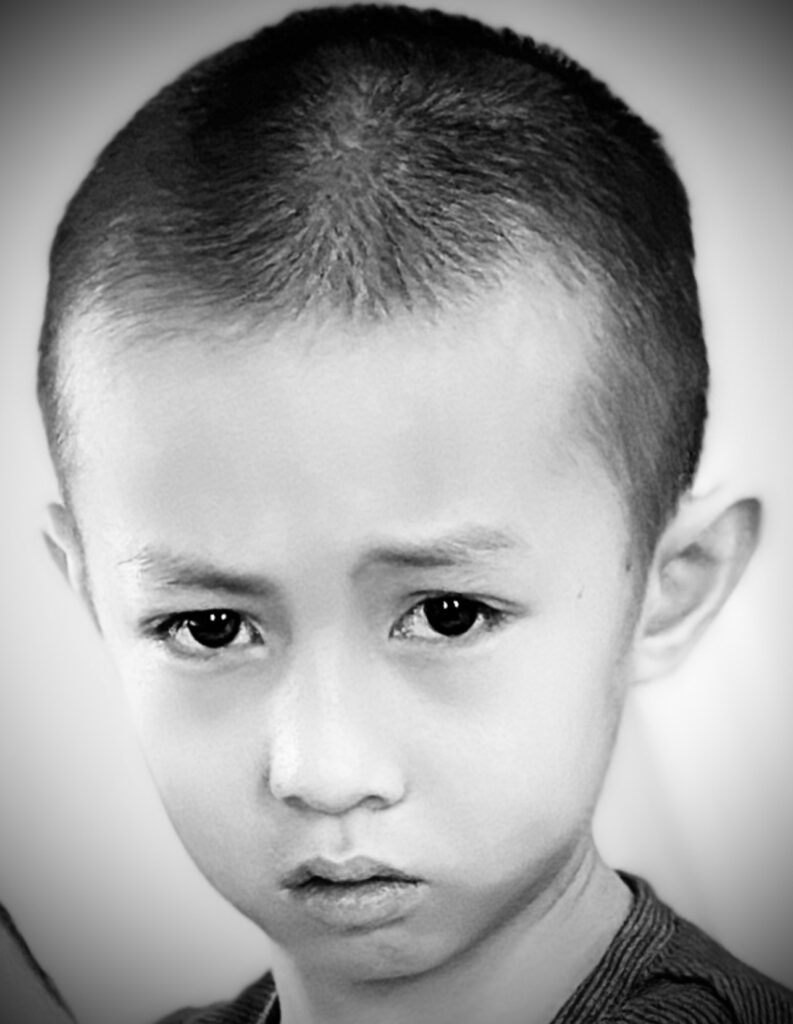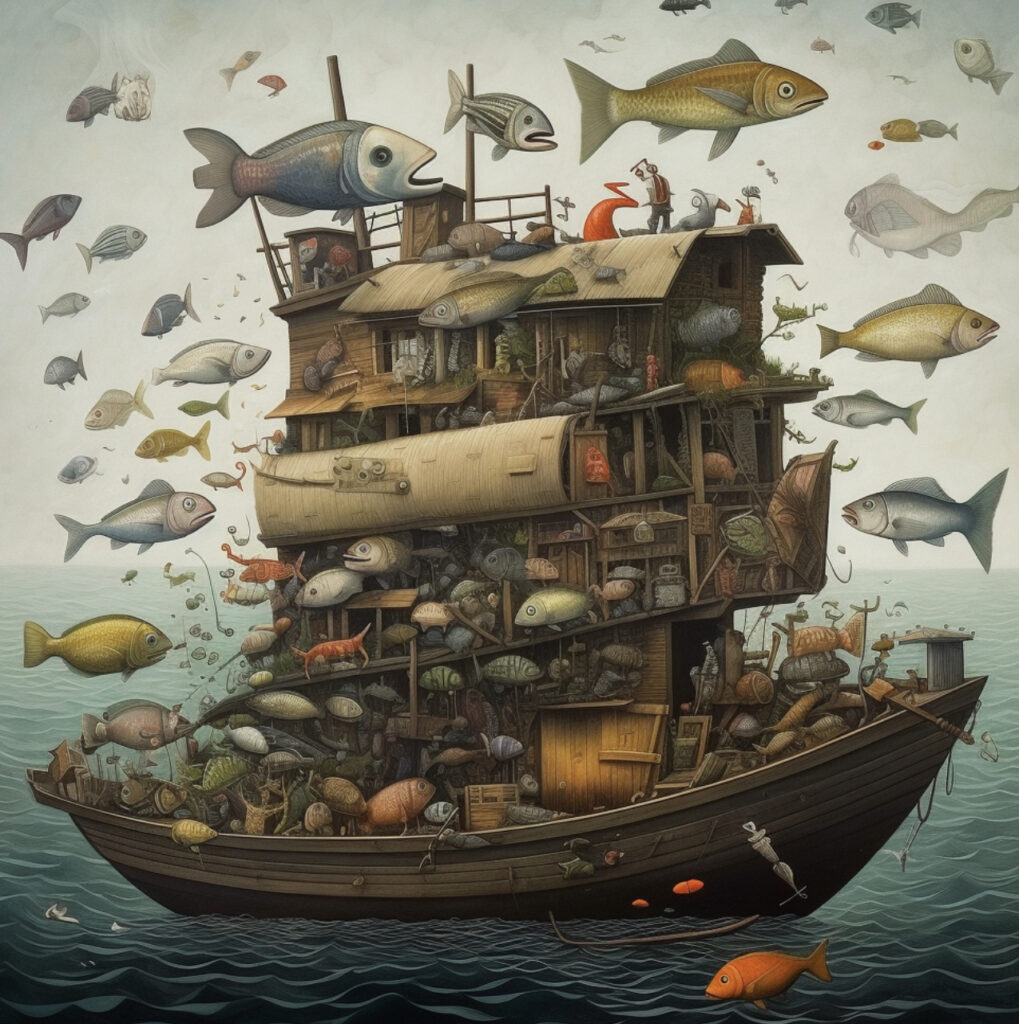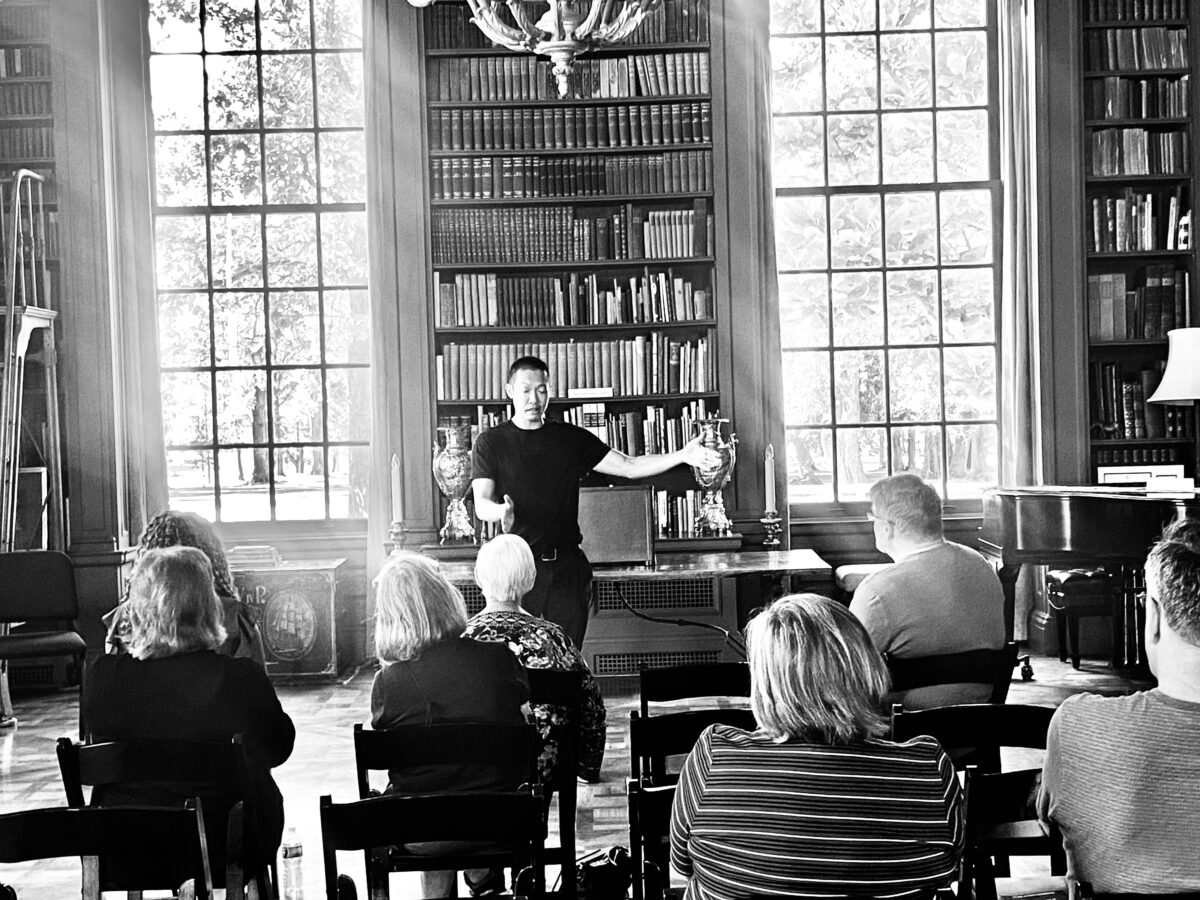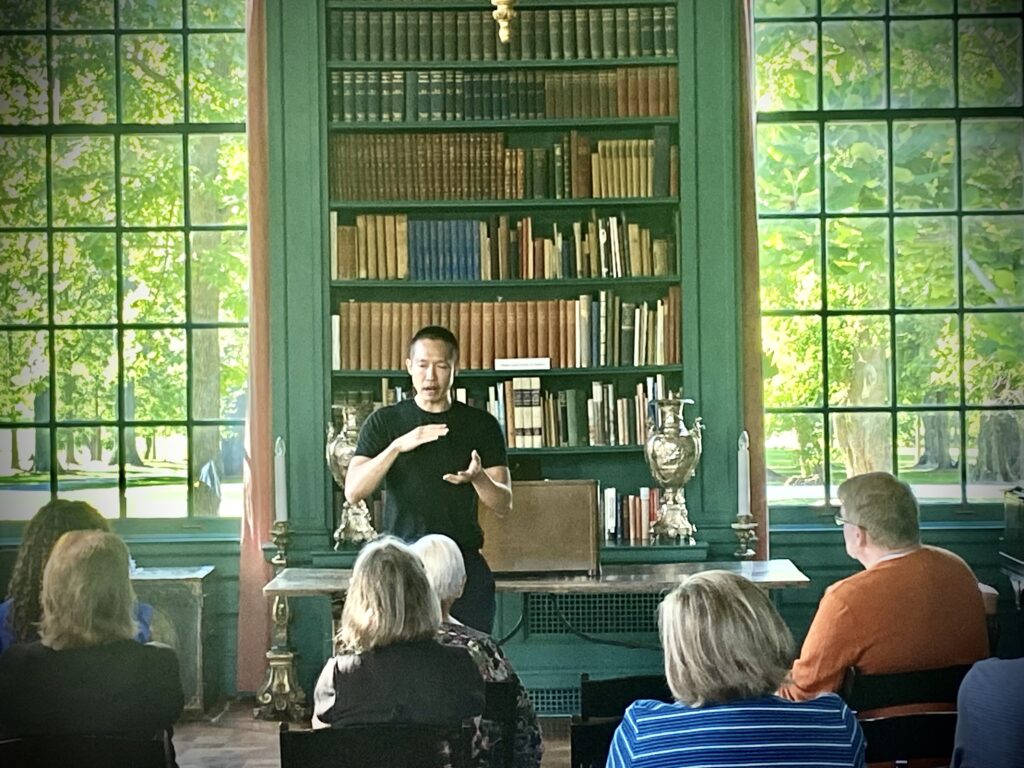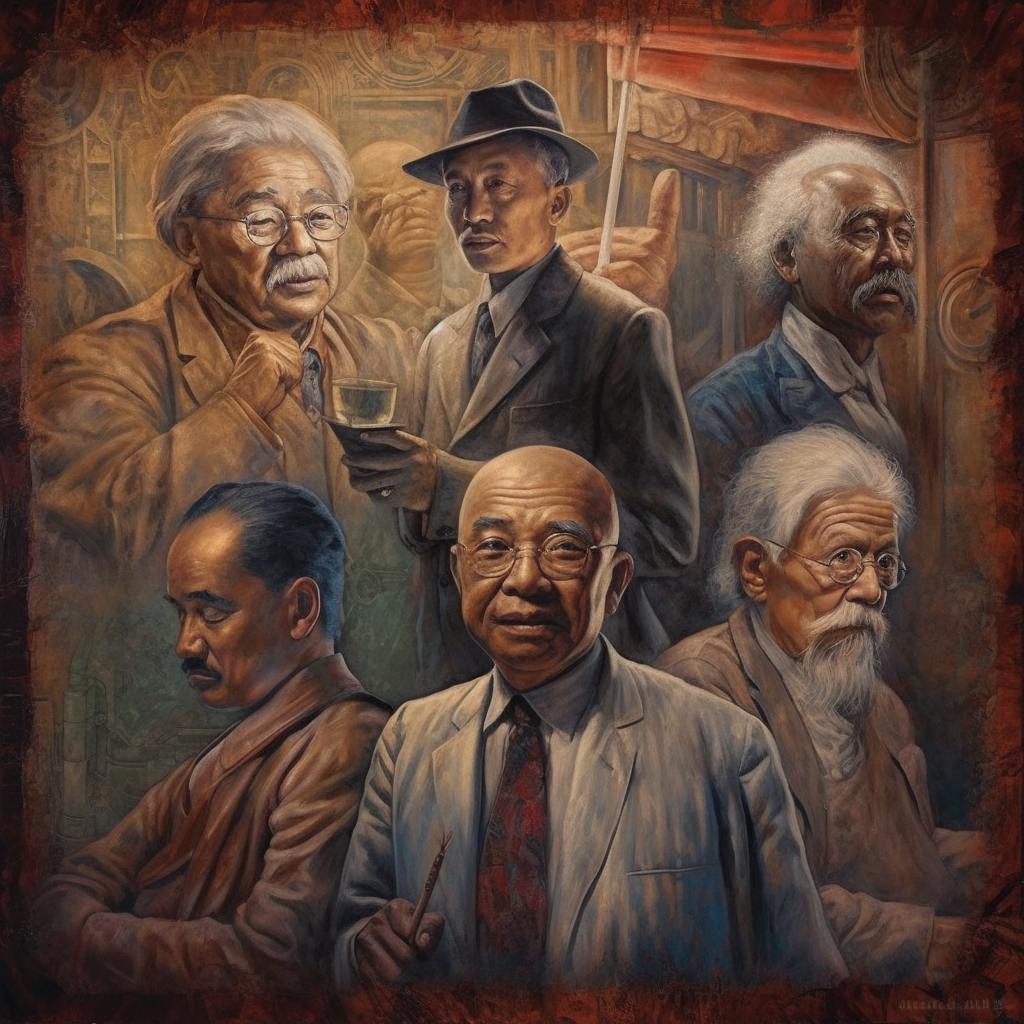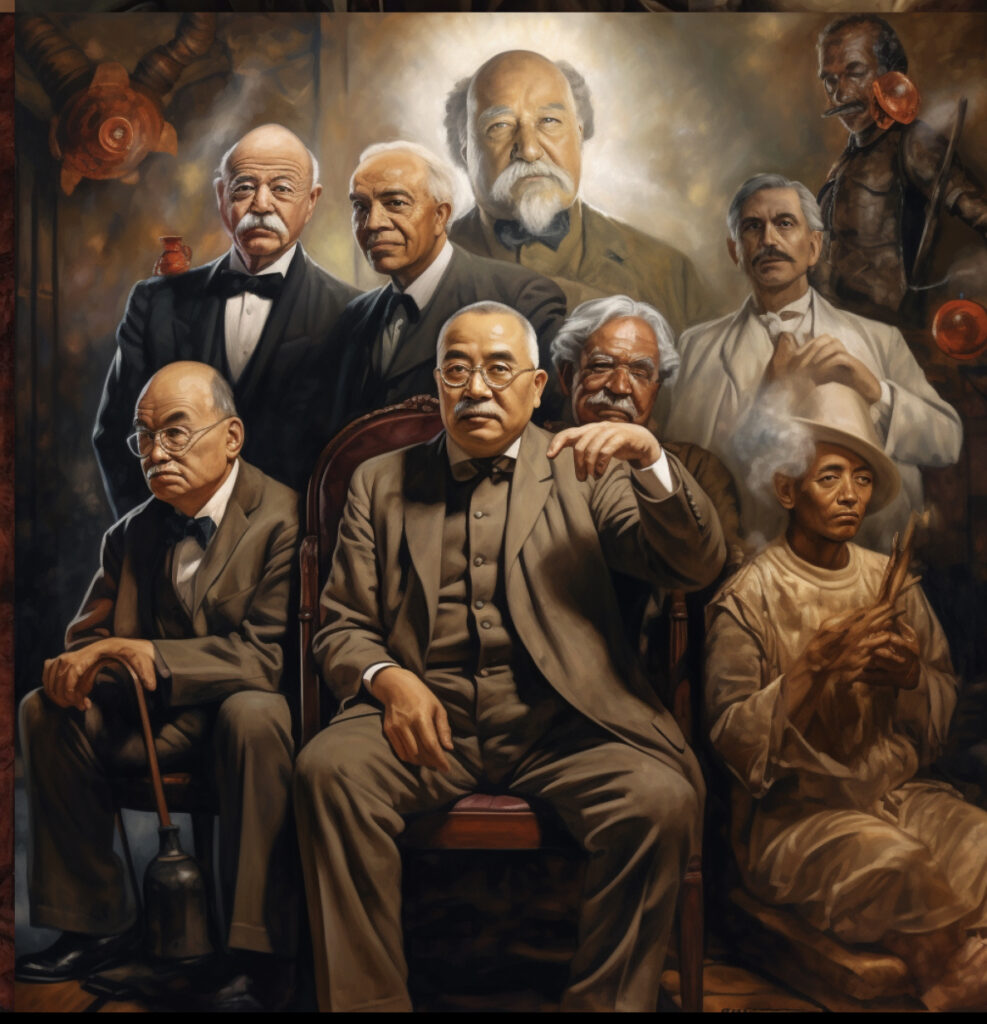Introduction: In our pursuit of knowledge and understanding, it is important to recognize that no one can possibly know it all. However, true growth and positive impact come from not only acquiring knowledge but also putting it into action. By acting upon what we know, we can create a better world for ourselves and those around us. In this article, we will explore the significance of action, the importance of constructive idea sharing, and the necessity of considering others’ perspectives, as emphasized in “Drop the ME and Focus on the OTHERs” by Di Tran.

- Action as a Catalyst for Change: “Drop the ME and Focus on the OTHERs” by Di Tran emphasizes that action is the driving force that transforms knowledge into tangible results. Without action, knowledge remains stagnant and fails to benefit anyone. As Mahatma Gandhi once said, “An ounce of practice is worth more than tons of preaching.” It is through action that we can make a real difference in our lives and the lives of others. By applying what we know, we can contribute to positive change and personal growth.
- Constructive Idea Sharing: While it is essential to share ideas, “Drop the ME and Focus on the OTHERs” highlights the importance of being constructive in our approach. Recognizing that everyone has limitations and may be at different stages of their journey, we should engage in idea sharing with empathy and openness. This aligns with the principles discussed in Brené Brown’s book, “Daring Greatly,” which emphasizes vulnerability and constructive communication as key elements in fostering meaningful connections and generating innovative ideas. By considering diverse perspectives, we can create an inclusive environment that promotes collaboration and growth.
- The Principle of Accountability: In “Drop the ME and Focus on the OTHERs,” Di Tran emphasizes the principle of accountability when engaging in conversations or expressing opinions. Accountability involves taking ownership of our words and actions, recognizing the impact they may have on others. This aligns with Simon Sinek’s book, “Leaders Eat Last,” which underscores the importance of leaders taking responsibility for the well-being of their teams and creating a safe space for open dialogue. Applying this principle to our everyday interactions can foster a more empathetic and productive environment.
Conclusion: In our journey towards personal and collective growth, it is vital to acknowledge that no one can know it all. However, the true measure of wisdom lies not in the accumulation of knowledge but in the application of that knowledge for the greater good. By embracing action, practicing constructive idea sharing, and being accountable for our words and actions, as highlighted in “Drop the ME and Focus on the OTHERs” by Di Tran, we can make a meaningful impact on ourselves and those around us. As we strive for a better future, let us remember the words of the philosopher Lao Tzu: “The journey of a thousand miles begins with a single step.”
References:
- Brown, B. (2012). Daring Greatly: How the Courage to Be Vulnerable Transforms the Way We Live, Love, Parent, and Lead. Avery.
- Gandhi, M. K. (2004). Gandhi: An Autobiography – The Story of My Experiments with Truth. Beacon Press.
- Sinek, S. (2017). Leaders Eat Last: Why Some Teams Pull Together and Others Don’t. Portfolio.
- Tran, D. (2021e). Drop the ME and Focus on the OTHERs. Self-publishedf.






